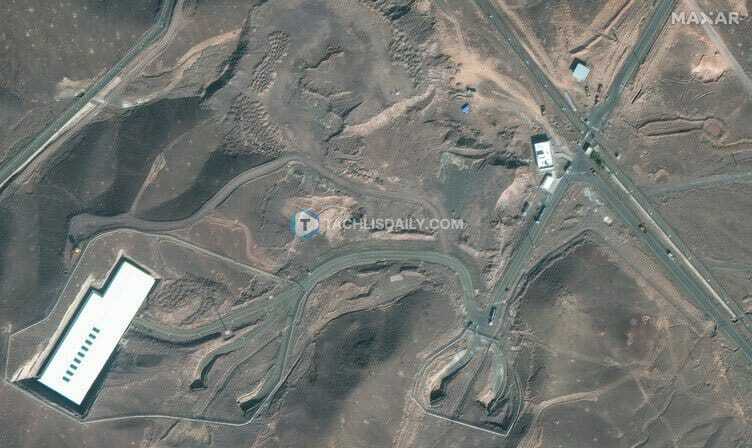The United States has carried out a bold and meticulously coordinated military strike against Iran’s nuclear infrastructure, an operation officials say has crippled Tehran’s nuclear ambitions.
The offensive, code-named Operation Midnight Hammer, was launched over a period of 20 hours and involved complex aerial and naval coordination. It culminated in direct strikes against three of Iran’s most heavily fortified nuclear sites: Fordow, Natanz, and Isfahan. The U.S. government asserts that these facilities have been “completely and totally obliterated,” signaling a major shift in the regional power balance and triggering sharp international reactions.
A Timeline of Escalation
The operation began to reveal itself on the morning of June 21, when multiple military aviation tracking platforms reported movements of B-2 stealth bombers from Whiteman Air Force Base in the United States. Within hours, these aircraft were seen heading toward Andersen Air Base in Guam, sparking speculation about imminent action.
By evening, a total of six B-2 bombers had been confirmed en route to the Asia-Pacific region. While the Pentagon initially claimed no strike order had been issued, the situation rapidly evolved. In the early hours of June 22, Iranian state media reported a direct hit on the Fordow nuclear facility one of the most secure and deeply buried enrichment sites in the country.
Shortly afterward, U.S. President Donald Trump publicly confirmed the strikes, stating that “massive precision strikes” had targeted Fordow, Natanz, and Isfahan. He declared the sites “obliterated,” adding, “Iran, the bully of the Middle East, must now make peace. If they do not, future attacks will be far greater and a lot easier.”
Precision and Power: The Mechanics of the Strike
The operation was described by senior U.S. defense officials as one of the most intricate and well-planned military actions in recent years. Over 125 aircraft participated, including the B-2 stealth bombers which undertook an 18-hour flight with multiple mid-air refuelings.
A U.S. submarine stationed in the Persian Gulf launched 24 Tomahawk cruise missiles, which struck strategic surface targets across Isfahan. Shortly thereafter, the lead B-2 bombers released 14 GBU-57 Massive Ordnance Penetrators (MOPs)—bunker-buster bombs specifically designed to penetrate hardened underground facilities. The strikes reportedly concluded within a narrow 25-minute window, with aircraft entering and exiting Iranian airspace with minimal detection.
General Dan Caine, who oversaw the mission, confirmed the destruction of all three facilities and emphasized the element of surprise and operational secrecy. “These were precision air strikes executed with zero advance warning. The damage to Iran’s nuclear infrastructure is severe and under ongoing assessment.”
Global Fallout and Iran’s Response
The geopolitical fallout was immediate. Iran has condemned the attack as an act of war and has vowed retaliation. Iranian leadership warned that future responses would target both American assets and regional allies, particularly Israel. Tehran also hinted at possible closure of the Strait of Hormuz, a critical global oil artery, in response to the assault.
Meanwhile, global powers have expressed deep concern. Some called for restraint, fearing the strikes could ignite a wider regional war or prompt Iran to withdraw entirely from non-proliferation commitments.
Looking Ahead
While the full extent of the damage is still being evaluated, the U.S. has made clear that it considers the operation a strategic success. Defense Secretary Pete Hegseth described the mission as “a demonstration of resolve, precision, and overwhelming force.” The administration maintains that this was a necessary step in halting a perceived imminent nuclear threat.











